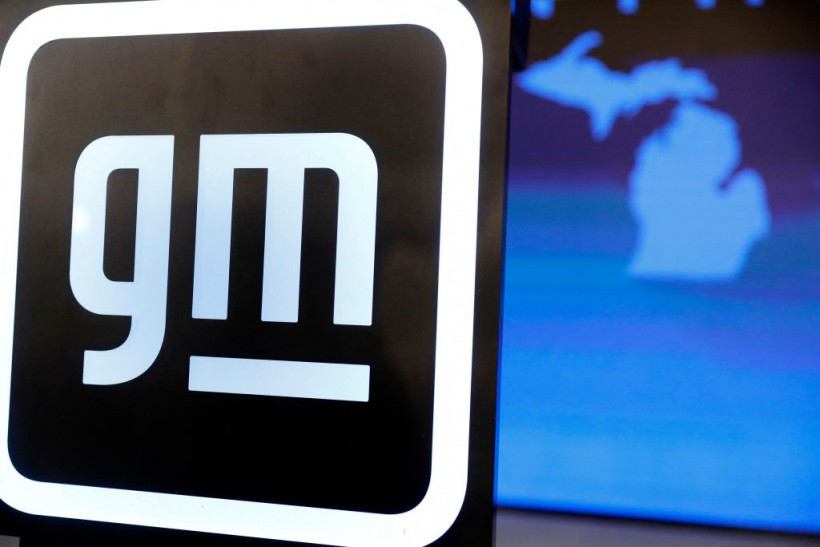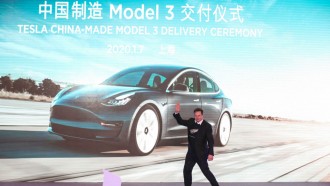General Motors (GM) has announced the first vehicles that will have the Super Cruise's expanded road network, as reported by Engadget.

(Photo : JEFF KOWALSKY/AFP via Getty Images)
A General Motors sign is seen during an event on January 25, 2022 in Lansing, Michigan. - General Motors will create 4,000 new jobs and retaining 1,000, and significantly increasing battery cell and electric truck manufacturing capacity.
In August, GM announced that they would double the size of the hands-free Advanced Driver Assistance System (ADAS) network to over 400,000 miles in the US and Canada. And now, the vehicles that will have this feature are the latest, high-end SUVs.
According to David Craig, GM's mapping specialist, "These are the main roads that connect the smaller cities and the townships across the US and Canada. This is expanding Super Cruise's availability to many, many millions more customers."
They're Coming
The company will start delivering the vehicles with Super Cruise access in mid-November. Vehicles that were built on October 3rd or later will have an expanded hands-free driving network.
This includes the 2023 Chevrolet Tahoe and Chevrolet Suburban (High Country and Premier trims), the 2023 Cadillac Escalade, Escalade ESV, and Escalade-V, and the 2023 GMC Yukon Denali Ultimate.
In the next few months, Super Cruise vehicles built on the company's Vehicle Intelligence Platform will have access to the expanded network. Also by the end of 2022, Super Cruise will be available globally on 22 models.
The newest roadways for Super Cruise will be available over-the-air, or remote, updates, starting in the fourth quarter of this year for most of its eligible vehicles. Take note, the company will not charge for update, but there will be an optional add-on that starts at $2,200 or $2,500, depending on the vehicle.
Also Read: GM Sold 26 EVs Only in Q4 2021 Compared to Tesla's 300k, Elon Musk Said THIS to the Company
Super Cruise
Super Cruise is a semi-autonomous driver assistance feature, which allows drivers to remove their hands from the steering wheel during extended periods of highway driving. The technology is qualified as a Level 2 type of autonomous technology, which means that it is not a fully autonomous system, but is a driver assistance feature instead.
The technology uses cameras, LiDar mapping, GPS information, and radar sensors to steer and brake on highways automatically. It also capable of full-speed range cruise control and lane centering.
With this, it will make GM more competitive with Tesla. Tesla includes the standard autopilot and the Full Self-Driving (FSD) and FSD Beta that allows drivers test out features on public roads before they go into widespread use.
The Rise of Driver Assistance Systems
With the technology expanding across the US, it seems that we are closer than ever to the technology being a standard option in everyday vehicles. This will help to alleviate traffic congestion and also help make driving a little safer.
However, it raises questions about the change of the basic relationship between car owner and vehicle. Who is responsible for the driving? The driver, or the manufacturer?
Related Article: GM Will Sell Solar Power, Storage Systems Competing Against Tesla
This article is owned by Tech Times
Written by April Fowell









